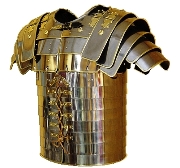 The Latin word loríca means “a leather cuirass; a defense of any kind; a breastwork, parapet”. In effect, it means “armor”. It has come to be associated with a prayer attributed to St. Patrick (+ 5th c.) .
The Latin word loríca means “a leather cuirass; a defense of any kind; a breastwork, parapet”. In effect, it means “armor”. It has come to be associated with a prayer attributed to St. Patrick (+ 5th c.) .
“Loríca” is also association with an rhythmic invocation or prayer especially for protection as when going into battle.
The Lorica of St. Patrick is rooted in an unconfused belief in the supernatural dimension of our lives, that there is a spiritual battle being waged for our souls, and in our absolute dependence on the One Three-Personed God.
One could pray this prayer each and every morning.
Podcast: Play in new window | Download
Subscribe: RSS
Sancti Patricii Hymnus ad Temoriam.
Ad Temoriam hodia potentiam praepollentem invoco Trinitatis,
Credo in Trinitatem sub unitate numinis elementorum.
Apud Temoriam hodie virtutem nativitatis Christi cum ea ejus baptismi,
Virtutem crucifixionis cum ea ejus sepulturae,
Virtutem resurrectionis cum ea ascensionis,
Virtutem adventus ad judicium aeternum.
Apud Temoriam hodie virtutem amoris Seraphim in obsequio angelorum,
In spe resurrectionis ad adipiscendum praemium.
In orationibus nobilium Patrum,
In praedictionibus prophetarum,
In praedicationibus apostolorum,
In fide confessorum,
In castitate sanctarum virginum,
In actis justorum virorum.
Apud Temoriam hodie potentiam coeli,
Lucem solis,
Candorem nivis,
Vim ignis,
Rapiditatem fulguris,
Velocitatem venti,
Profunditatem maris,
Stabilitatem terrae,
Duritiam petrarum.
Ad Temoriam hodie potentia Dei me dirigat,
Potestas Dei me conservet,
Sapientia Dei me edoceat,
Oculus Dei mihi provideat,
Auris Dei me exaudiat,
Verbum Dei me disertum faciat,
Manus Dei me protegat,
Via Dei mihi patefiat,
Scutum Dei me protegat,
Exercitus Dei me defendat,
Contra insidias daemonum,
Contra illecebras vitiorum,
Contra inclinationes animi,
Contra omnem hominem qui meditetur injuriam mihi,
Procul et prope,
Cum paucis et cum multis.
Posui circa me sane omnes potentias has
Contra omnem potentiam hostilem saevam
Excogitatam meo corpori et meae animae;
Contra incantamenta pseudo-vatum,
Contra nigras leges gentilitatis,
Contra pseudo-leges haereseos,
Contra dolum idololatriae,
Contra incantamenta mulierum,
Et fabrorum ferrariorum et druidum,
Contra omnem scientiam quae occaecat animum hominis.
Christus me protegat hodie
Contra venenum,
Contra combustionem,
Contra demersionem,
Contra vulnera,
Donec meritus essem multum praemii.
Christus mecum,
Christus ante me,
Christus me pone,
Christus in me,
Christus infra me,
Christus supra me,
Christus ad dextram meam,
Christus ad laevam meam,
Christus hine,
Christus illine,
Christus a tergo.
Christus in corde omnis hominis quem alloquar,
Christus in ore cujusvis qui me alloquatur,
Christus in omni oculo qui me videat,
Christus in omni aure quae me audiat.
Ad Temoriam hodie potentiam praepollentem invoco Trinitatis.
Credo in Trinitatem sub Unitate numinis elementorum.
Domini est salus,
Domini est salus,
Christi est salus,
Salus tua, Domine, sit semper nobiscum.
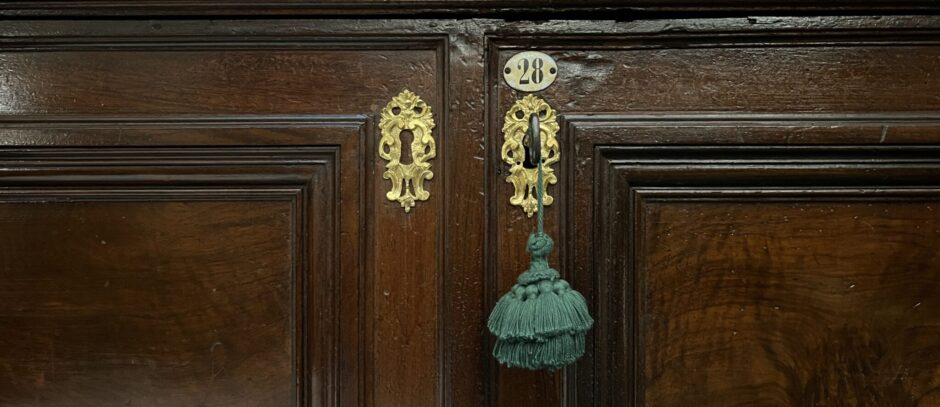
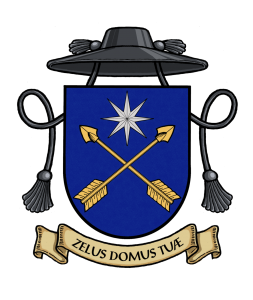




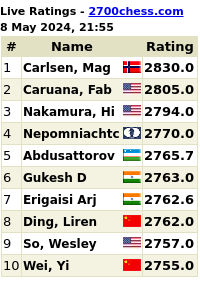


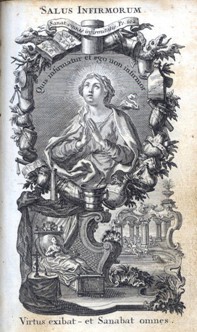
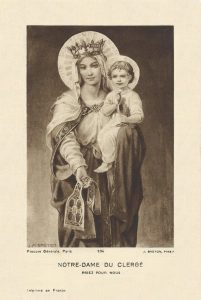
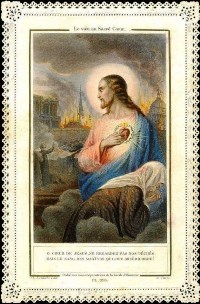
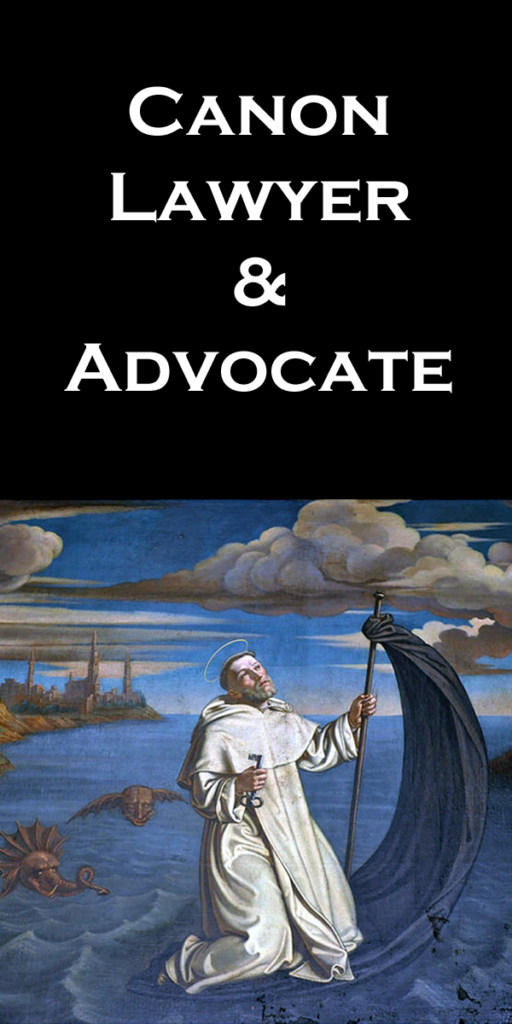




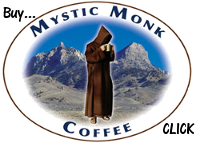


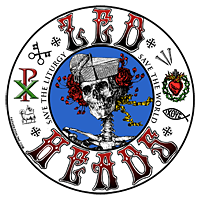




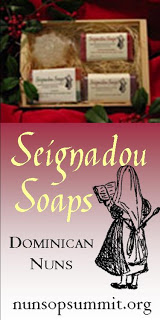





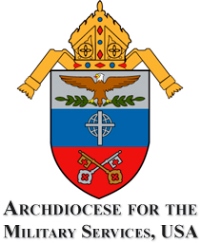

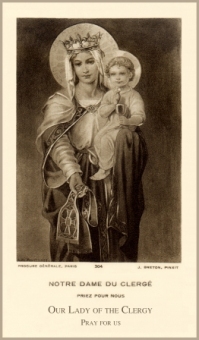
The Royal Irish Academy have set up a fantastic new site on St. Patrick
http://www.confessio.ie
Incidentally why aren’t the leaders in the Irish Church doing something enterprising like this? The website of the Irish Episcopal Conference is silent, apart from a brief message from Cardinal Brady and interview with Prof. Salvador Ryan.
Thanks for the link Shane. I guess their attention is elsewhere. In addition if they’re anything like the ‘older’ clergy in my Order they just don’t get the internet thing. They use it but don’t realise the possibilities.
Wow! The Latin text?! I’ve been looking for this for YEARS! Thank you, Father!
This is amazing. Incredible. I have only ever heard the verse that begins, “Christ within me…” Thank you.
Thanks, Father! I was happy to hear the whole thing also. Plus it is fortifying for those times when I feel that I am battling alone, with one hand tied behind my back.
The Episcopal Hymnal 1940 has the full wording of St. Patrick’s Breastplate at #268.
You can see the words and hear the tune at the Oremus online hymnal:
http://www.oremus.org/hymnal/i/i024.html
My Anglican Use parish uses this hymn as the offertory hymn every year on the feast of the Holy Trinity.
It begins:
I bind unto myself today
the strong Name of the Trinity,
by invocation of the same,
the Three in One, and One in Three.
I bind this day to me for ever,
by power of faith, Christ’s Incarnation;
his baptism in Jordan river;
his death on cross for my salvation;
his bursting from the spicèd tomb;
his riding up the heavenly way;
his coming at the day of doom:
I bind unto myself today…
Thank you so much for this, Father! I have been trying to obtain the Latin text for ages.
Thank you Fr. Z, I will definitely save this.
-Patrick
Copied and saved! Gratias!
Hi Father Zed,
Thanks so much for this.
In the first line, you might want to change “hodia” to “hodie”, a mistake I made during transcription.
The rest looks great! Thanks again.
Thanks, Father Z, and thanks also to Steve for the English translation!
I echo the thanks of the others here, Fr. Z
But as a Latin teacher at our seminary, I have a couple of questions.
I have been looking for a Latin text for this for a long time and I want to use it in my class, but I would like to know, if possible, the source of the Latin text.
Aside from the _hodia_ in the first stanza, I was wondering about the stanza that begins _Christus mecum_ It looks to me as though some lines may be mixed up when I line it up against a couple of English versions, so I was wondering whether there might be some minor proofreading errors there, or is it just 5th century Latin usage?
Specifically I was questioning the _Christus me pone_ after _Christus ante me_ and then _Christus a tergo_ 8 lines down.
I would like to use this for my students, but don’t want to copy it out yet if there are correctable errors there. Thank you for all you do!
Thank you for this, Father Z! It did my half-Irish heart good to read these stirring words of St. Patrick (and your translation into English)! I got the goosebumps as I was listening!
St. Patrick’s feast day is special in my family because it was the day that my late father was born 94 years ago. He was from a full-blooded Irish-American family (his parents were probably second-generation Irish-Americans), and was very proud of his heritage. We always adorned his birthday cake with a little leprechaun figure (made in Japan….we dubbed it ‘The Japanese Leprechaun’!).
Both his siblings-an older brother (who was my godfather) and an older sister married Irish-Americans; but my father ‘broke the mold’ and married a full-blooded German woman, who became my mother! Go figure…..
Thank you Father!
Steve,
It’s actually “tunes”, since it shifts back and forth between “St. Patrick’s Breastplate” and “Deirdre” (set by C.V. Stanford, a good Irishman, translation by Cecil Alexander who also brought us “All Things Bright and Beautiful”).
It’s on line here. We sing it at a good deal faster tempo – especially “Deirdre” – but it’s still a fine hymn.
Irishgirl,
Funny you should mention the German-Irish connection. My husband’s grandfather made a bit of a stir in his extremely Irish Catholic family when he married a German Catholic lady. My mother in law says you can always tell which side of the family folks are on in the family photographs — the Irish always look like they’re having a roaring good time, while the Germans are . . . serious. Photographs are a serious business after all. :-D
I really like Fr. Z’s translation into English as he prayed it in this podcazt. It returns to the prayer, which is often hacked to bits when rendered in English. Angelina’s recording [YouTube] of the prayer is hauntingly beautiful, and I have found it to be an excellent wake-up alarm sound on my iOS device (using Nightstand app) – it is a wonderful way to start the day. But, e’en so, Angelina’s libretto is truncated – many of the best lines of the prayer have been elided.
I transcribed Fr. Z’s translation from the podcazt, and formatted it to underscore the beautiful structure of the prayer, which Fr. Z’s rendition serves beautifully, and which is as intricate as the Celtic illumination on a page of the Book of Kells.